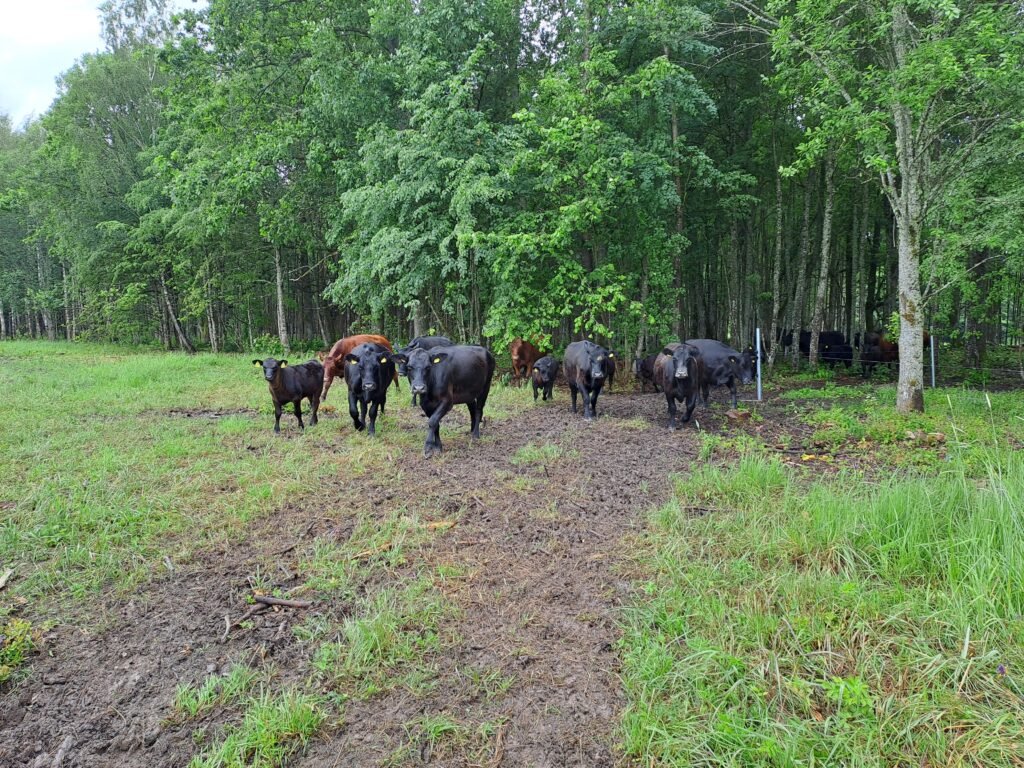
Photo: Tautgirdas Masiulis
Cattle are grazing in the Ginučiai oak grove again. They returned to this area after a 50-year break. Tautgirdas Masiulis, coordinator of the LIFE integrated project “Optimization of NATURA 2000 network management in Lithuania”, told about this in the LRT radio program “Native Land”.
According to him, local residents grazed cows in the Ginučiai oak grove because it was one of the few territories that did not belong to collective farms: “In such individual patches, haymaking and grazing were carried out, and therefore species-rich pastures overgrown with trees were formed. These were open-type meadows, overgrown with old, large, single oaks. Rare plants grew in them”.
At that time, when botanists discovered the Ginučiai oak grove and assessed the abundance of rare plants, they decided to ban grazing there. This decision was made out of fear that grazing animals would trample valuable plant species. However, the ban on grazing also led to the extinction of rare plants.
“The oak grove has become overgrown with low-value trees, and there are no open meadows left. Therefore, we have taken the initiative to restore the Ginučiai oak grove. The territory has not yet been fully restored, only the first stage of management work has been completed,” said T. Masiulis.
Currently, 40 cows graze in the territory. It is expected that after the restoration work is completed, the Ginučiai oak grove will once again become a favorable place for biodiversity to flourish.
Views and opinions expressed are however those of the author(s) only and do not necessarily reflect those of the European Union or CINEA. Neither the European Union nor the granting authority can be held responsible for them.
